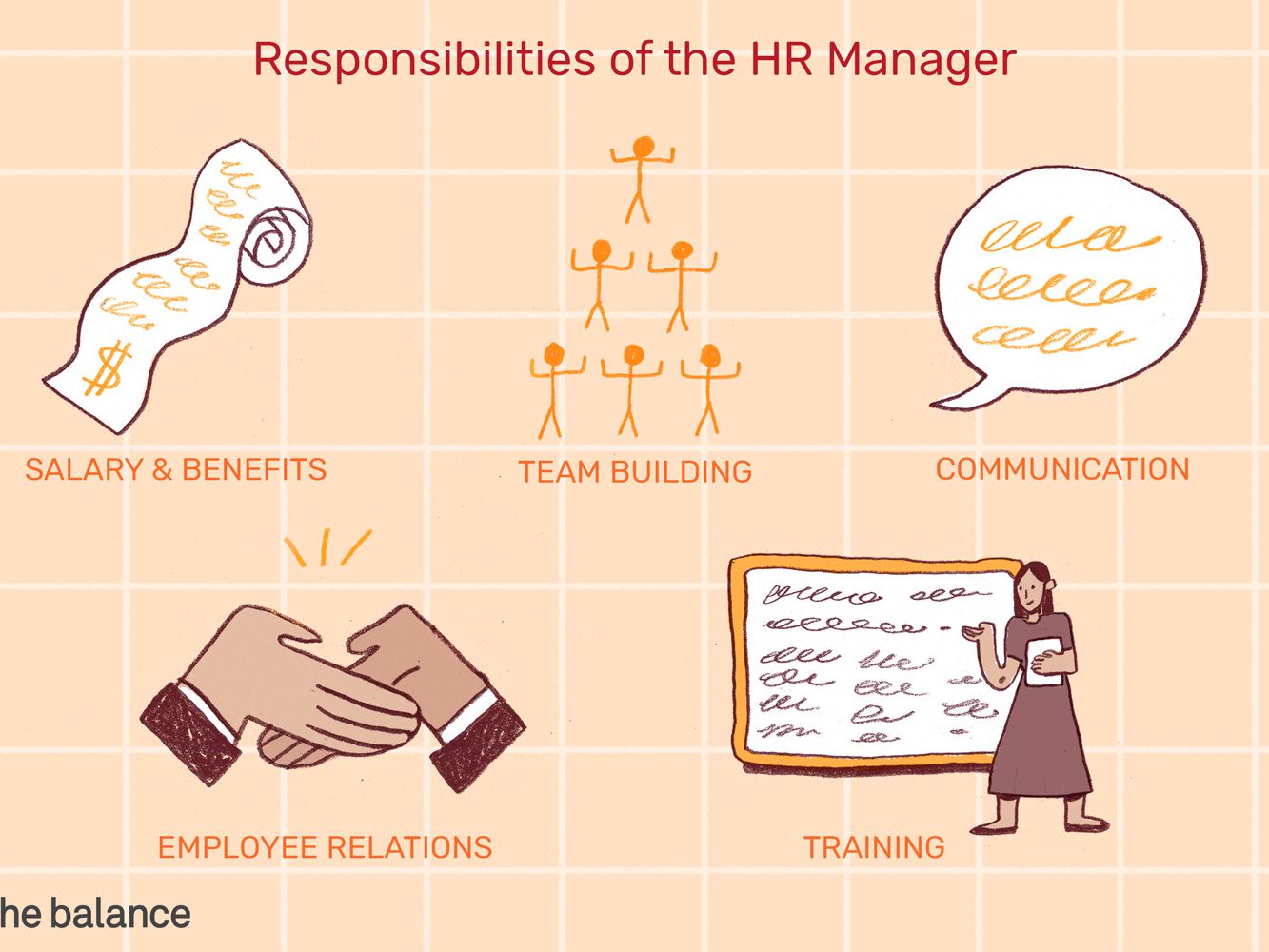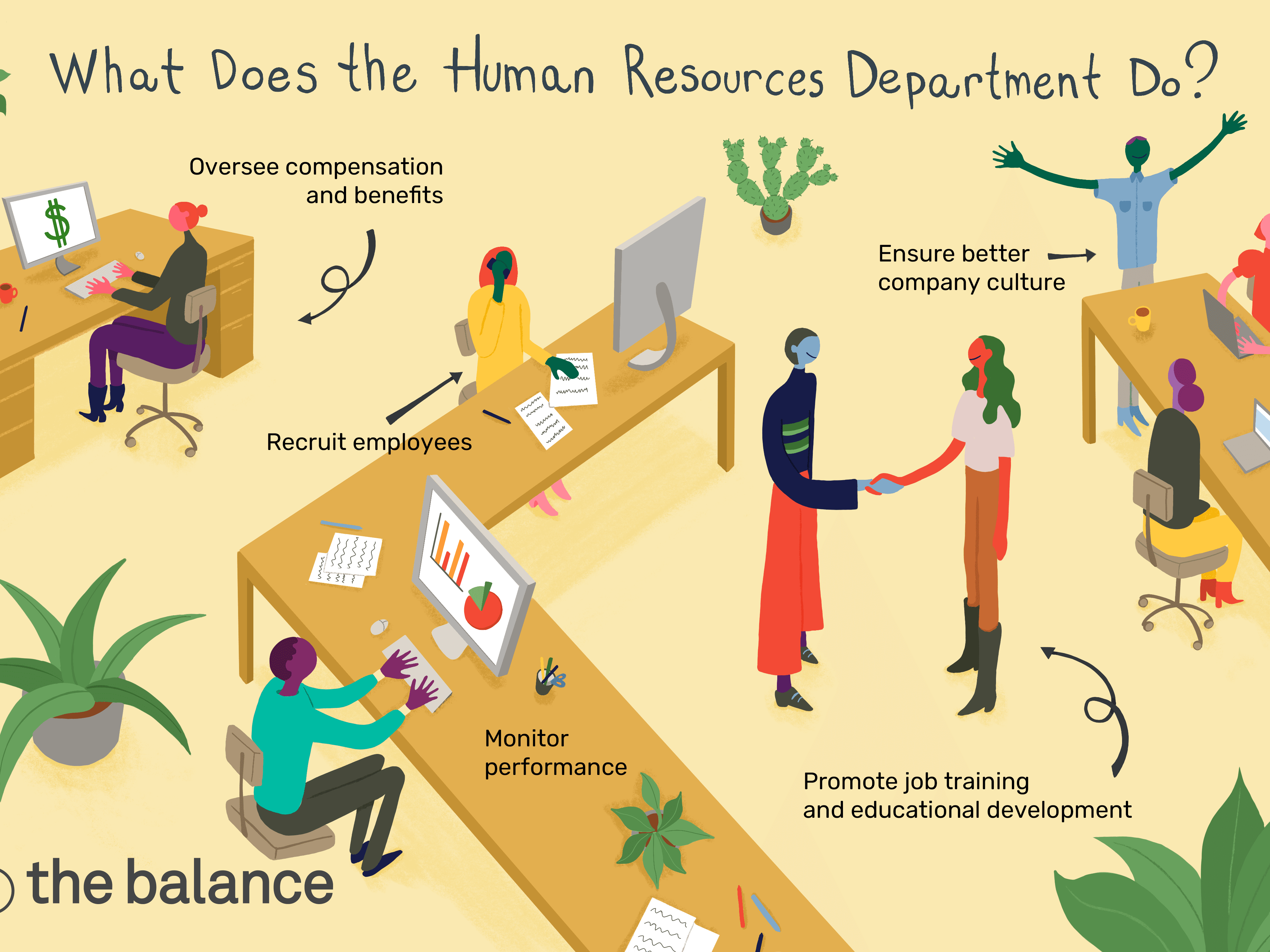HR in Room Division Management
Recruitment, Selecting, Hiring-Preparing, Job
Descriptions of staff, Orientation, Staff Scheduling
Recruitment and Selection is an important operation in HRM, designed
to maximize employee strength in order to meet the employer's strategic goals
and objectives. It is a process of sourcing, screening, shortlisting and selecting the right candidates for the required vacant positions.
Hiring process refers to the
process of finding, selecting and hiring new employees to a company. Since the
process requires strategic and pragmatic thinking while staying humane there
are certain steps to follow to make it successful.
Hiring
process steps
1:
Identifying hiring need
2:
Planning.
Creating a
sufficient plan for your hiring will not only make you more
efficient but also help you have a good understanding of the current as well as
the future needs of the company. For that purpose it is beneficial to specify
starting dates and other technicalities with your hiring team.
3:
Creating a job description.
When creating a job description, make sure to include the
following elements: company description, job requirements, duties and
responsibilities and ultimately cover letter. Besides mentioning all the
important details within your job description, make sure to make that text as
eye catching as possible.
4:
Recruiter and hiring manager intake meeting.
The purpose of a
hiring manager recruiter intake meeting is to have a clear understanding of all
the needs and expectations of the new hire, including the technicalities
revolving the role. This meeting takes place prior to posting a job opening
online and its purpose is mainly to define all important details about the future
position.
5: Posting and
promoting job openings.
Posting jobs online became one of the essential ways of
making sure that people see and apply for the position. For that reason
companies are oftentimes trying to spread the word as much as they can by
posting their job opening on various job boards, different social media or some online
portals.
6:
Applicant screening.
After the
applicants finished their application it is time to look into their application
forms and evaluate their CVs, cover letters or any other type of document they
might have attached to the application. The process of screening results in eliminating candidates that are a
clear mismatch for the role, moving forward to the following stages with the
ones that are more qualified.
7:
Job Interviews.
8:
Applicant talent assessment.
Applicant talent assessment are tests designed to help
employers evaluate the skills of their job candidates and employees. Using the
skills assessment test helps companies ensure that the job candidates, as well
as their current employees, have the required skills to successfully perform
their jobs. When designing an assessment make sure to think of all skills and the
knowledge essential for the role.
9:
Background check & Reference checks.
Background
and reference checks refer to a recruiting process method used
by hiring managers/recruiters to get more information about a candidate by
contacting his/her previous employers, schools etc. Conducting a reference
check helps recruiters not only check the validity of information but also make
decisions based of a conversation with a person that used to work with your
potential future colleague.
10:
Pre-employment testing.
Pre-employment assessments are simple, quick and fun for
recruiters, interviewers, hiring managers, as well as candidates. Generally, it
takes too much time and effort to a recruiter or hiring manager to interview
each candidate and select the best person for the open position.
11:
Decision.
Finally, after all
assessments and checks, it is decision time! Evaluating which candidate will be
the best cultural fit while satisfying all requirements is never easy.
12:
Job offer.
A formal job offer letter/email is a document which employer sends
to the selected candidate in order to offer them a job for a certain position
at their company. Making all the aspects of a job as clear as possible to the
new hire is extremely important for both candidates and companies. This is why
is necessary to send a formal job offer letter/email to your chosen candidate.
13:
Hiring.
Only when your
candidate decides to accept your offer and signs the contract can you talk
about hiring.
14:
Onboarding.
More and more
companies are starting to understand the importance of a good onboarding. Even more so, once a company hires a new
talent, some believe this is only when the job starts. Onboarding the
candidates means introducing them to the culture and the people as well as
giving them all important information and training to be able to excel at their
job as soon as possible.
Job
Description
Job
description is an informative documentation of the scope, duties, tasks,
responsibilities and working conditions related to the job listing in the
organization through the process of job analysis. Job description also details
the skills and qualifications that an individual applying for the job needs to
possess. It basically gives all the details which might be good for both the
company and the applicant so that both parties are on the same page regarding
the job posting. Basically, job analysis is bifurcated into two
components namely job description and job specification.
Employee
orientation is the process of introducing newly hired employees to their new
workplace. It provides the basic organizational information employees need to
feel prepared for their new team, department, and role within the company.
Effective employee orientation makes employees aware of company policies and
expectations, handles essential paperwork, and answers any questions or
concerns they may have before they transition into their new positions.
Why Orientation Is Important
for New Employees
Orientation
is important because it signifies the beginning of the relationship between
employee and employer. The first day of work is the most important, as new
hires are seeking to affirm their decision to accept your offer of employment.
A smooth
transition into a new role benefits both new employees and their new managers
and colleagues. By clearly communicating expectations and responsibilities to a
new employee, they can start being productive quickly. As part of an effective
onboarding process, a thorough and engaging orientation can also help reduce
new employee turnover due to misunderstood or unmet expectations. Additionally,
a clear policy for employee orientation will ensure that all new team members
receive the same training and information.
Staff Motivation
Employee motivation is the level of energy, commitment, and creativity that
a company's workers bring to their jobs. Whether the economy is growing or
shrinking, finding ways to motivate employees is always a management concern. Competing
theories stress either incentives or employee involvement (empowerment).
Employee Motivation
Techniques
Gifts and Prizes and Awards
Awarding your employees and sending them valuable gifts on occasions
like Christmas, cutting team cakes on birthdays are some of the good motivating
ways for employees. Employees continue working with equal zeal and enthusiasm
if their work gets applauded. This is why companies are paying special
attention to rewards and recognition at work.
?
Appreciation and recognition
Appreciation and recognition are the two very important and major
factors of employee motivation to keep striving towards their goals at
work. They want to aim higher and better to be applauded by hikes and increase
in pay scales. By applauding employees in front of friends and colleagues, it
is the greatest motivation one can get to do better anytime.
Appreciation and recognition
are the two very important and major factors of employee motivation to
keep striving towards their goals at work. They want to aim higher and better
to be applauded by hikes and increase in pay scales. By applauding employees in
front of friends and colleagues, it is the greatest motivation one can get to
do better anytime.
Employee appreciation
catering to any kind of work the employee does can be great for employee
motivation. Praise for the deliverables met on time, for work done efficiently
before the deadlines are points to be praised for. Appreciate the employee and
make him feel how well he is doing. Appraise him. Identify high performers and
mention out their outstanding efforts, contributions and how they are a
valuable asset to the organization.
One of the methods of staff
motivation is also cross training, in which employees are trained to work in the more than one department. The aim of this is to make an employee capable of doing more than one type of work, and in return in gives a sense of confidence in employee.

 1 like
1 like


 Create and manage your profile
Create and manage your profile Refer an author and get bonus Learn more
Refer an author and get bonus Learn more Publish any lost and found belongings
Publish any lost and found belongings Connect with the authors & add your review comments
Connect with the authors & add your review comments Join us for Free to advertise for your business or
Contact-us for more details
Join us for Free to advertise for your business or
Contact-us for more details
 Join us for Free to publish your own blogs, articles or tutorials and get your
Benefits
Join us for Free to publish your own blogs, articles or tutorials and get your
Benefits



